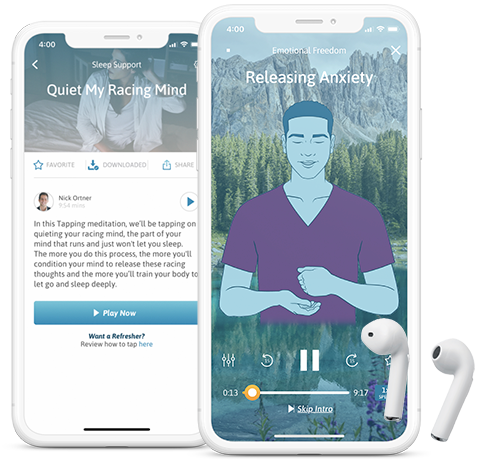 Pain can essentially be defined as physical suffering or discomfort caused by illness or injury. However, because it is such a complex and personal phenomenon, it can be difficult to come up with a concrete definition. So many people around the globe are burdened by it on a daily basis, including 100 million Americans who are affected by chronic pain alone.
Pain can essentially be defined as physical suffering or discomfort caused by illness or injury. However, because it is such a complex and personal phenomenon, it can be difficult to come up with a concrete definition. So many people around the globe are burdened by it on a daily basis, including 100 million Americans who are affected by chronic pain alone.
Classification of pain involves the region of the body where it is felt, which bodily system is causing it, the pattern and duration, and the intensity. The duration of pain determines whether or not pain is considered acute or chronic. Pain that lasts a relatively short time (roughly 3 months or less) is considered acute, while pain that persists (typically 6 months or longer) classifies as chronic.
Acute pain can be considered “normal” that sends a signal to your body that you have been hurt. This typically occurs when you jam your thumb, fall and break a bone, or burn your hand on the stove, etc. With acute pain, the onset is very sudden, the duration does not last very long, and once the injury heals it goes away.
Chronic pain, on the other hand, behaves like a disease. Unlike an injury resulting in acute pain, the pain persists even after the injury has healed. As previously mentioned, chronic pain is diagnosed when it persists beyond the expected recovery time, typically for six months or longer. For those who suffer from this, their nervous systems may even experience alteration in which they become more sensitive to pain moving forward. There are several medical conditions that can cause this, including cancer, fibromyalgia, arthritis, carpal tunnel syndrome, migraines, and more.
There are varied symptoms of chronic pain, and may include mild to severe sensations that do not dissipate, pain that could be described as electrical, aching, shooting, or burning, and feelings of stiffness, soreness, tightness or discomfort. Often times pain does not present itself alone, and is accompanied by other symptoms such as fatigue, irritability, anxiety, stress, depression, social withdrawal, and sleeplessness.
Chronic pain can affect your emotional health, as the mind and body are intricately interlinked. Often times anxiety, stress, and irritability can make the physical pain worse. If you suffer from chronic pain, Emotional Freedom Technique Tapping (EFT Tapping) can help. EFT Tapping can help you address things you might not even think are associated, including creating personal boundaries, dealing with toxic relationships, clearing resistance to change, understanding the power of diagnosis, and working through anger.
EFT Tapping works so well for pain relief because chronic pain is often tied to unresolved emotional issues. Of course the physical pain is real, however psychologically you may be magnifying the problem through unresolved negative emotions. Through EFT Tapping, you can work through these negative emotions that are creating a high stress environment for your body and work towards a relaxing and healing mental state that encourages healing within your body.



Get Instant Access to our "Releasing Anxiety" and "Sleep Support: Quiet The Racing Mind" Tapping meditations.

Discover how one simple tool can change your entire life during this free online event!


Connect With Us on Social Media